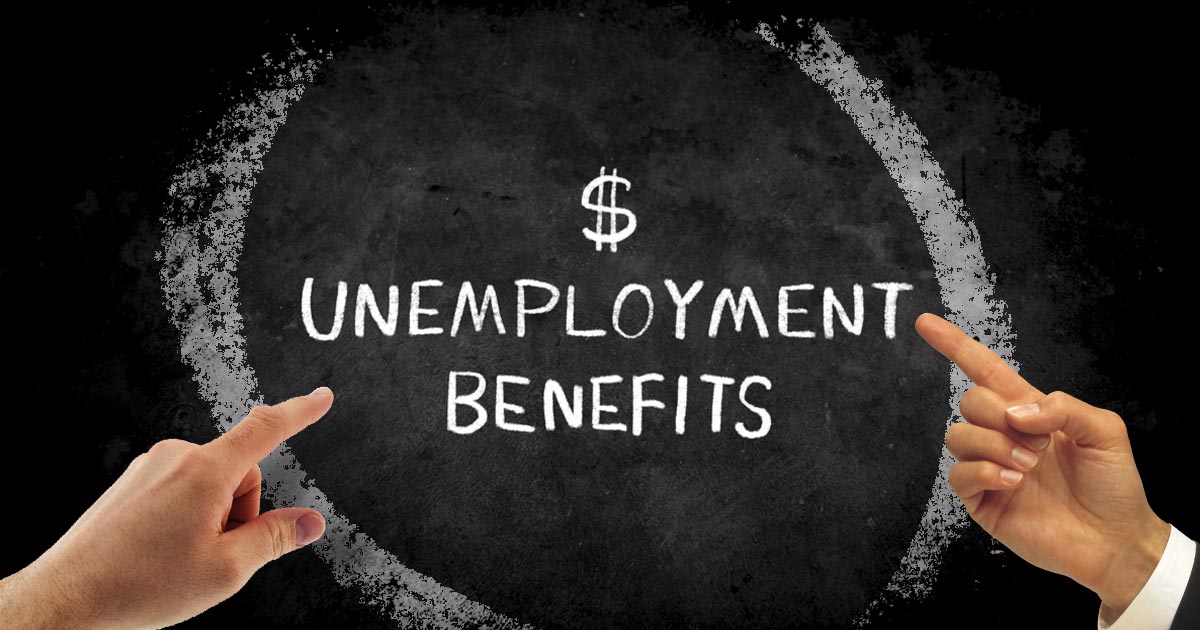Understanding State Unemployment Benefits: A Simple Guide

The effects of the pandemic and the resulting economic problems are still causing trouble for many Americans, making it hard for them to manage their money. Many businesses have shut down, some industries have failed, and lots of people have lost their jobs suddenly.
Due to this, the percentage of people without work in the United States has stayed around 5 to 7% for the last 18 months. This has caused more people to seek assistance from unemployment offices across the country. In this scenario, it’s crucial to know how the government’s unemployment benefits operate. Here’s a basic guide to provide you with the essential information.
Understand Unemployment Compensation:
The government’s unemployment compensation program provides temporary financial aid to American individuals who have lost their jobs unwillingly. It attempts to assist those who have lost their jobs due to a variety of factors, including firm restructuring, downsizing, suspension of operations, and, most recently, layoffs caused by the COVID-19 pandemic.
The program started in 1932 to help people who didn’t have jobs during a tough time called the Great Depression. In 1935, President Roosevelt made it a project between the national and state governments. Even though it has changed over time, the main goal is still the same: to give money to people who just lost their jobs while they search for new ones. To get this help, you need to meet some rules first.
Rules to get Unemployment Help:
Every state in the United States has its own office for unemployment, so the rules can be a little different depending on where you live.
1. Involuntary Unemployment: happens when individuals lose their jobs because of things they can not control, like being temporarily sent home without pay, being let go, or when a company shuts down. People usually can’t get help if they left their job on their own or were fired for doing something wrong.
2. Job Experience and Pay: To qualify, you must meet the state’s rules for minimum income or work hours during a certain time frame, usually the four most recent quarters out of the last five before you apply for unemployment benefits.
3. Searching for a Job: Individuals who get unemployment payments have to show that they never stopped looking for a new job. They should have to visit their local unemployment office often and maintain a record of their job search efforts.
Unemployment Help Program Explanation:
The unemployment help program is a partnership between the large national government and all the states. Guidelines are set by the central government, while operations are done by individual states. The program’s financing comes from a fund called the Federal Unemployment Insurance Trust Fund which collects taxes both from workers and businesses. These guidelines are fed into each state that then has some leeway to adjust them slightly according to their own needs.
Taxes and Unemployment Benefits:
By national law, any money you get from unemployment benefits is considered income and must be reported on your tax return. If you receive these benefits, you can choose to have taxes deducted from your payments. If you don’t, you might end up owing a large amount of taxes later. Changes in your job situation can affect how much tax you owe, so it’s important to manage your money wisely.
Duration and Amount of Benefits:
Benefit duration varies by state, but is normally 26 weeks, with some exceptions such as Montana having prolonged coverage. The benefit amount, which is typically roughly half of past earnings, may be subject to state-imposed limits. Other factors, such as dependent status and external income sources, influence benefit computations.
Unemployment Help and COVID-19:
That was an effect of the pandemic, which caused many to lose their means of livelihood; therefore, the government implemented new regulations to aid. The Emergency Unemployment Compensation program was one such provision. It would give an additional 13 weeks of benefits to unemployed Americans. This implies that for as long as 39 weeks, a lot of people in America will get assistance over and above the ordinary duration.
Jobless Benefits Applications:
After losing a job, it is advisable that applications be made within one week in many cases. Beginning involves people contacting their country’s Department of Labor and submitting important documents like social security cards, proof of residency and employment records. Accuracy and completeness are crucial so as to avoid any hold-ups or denials.
Approval Process:
Following application submission, most states conduct interviews and verification processes to determine eligibility. Delays may arise while the unemployment office contacts previous employers to confirm. Following acceptance, there is typically a seven-day waiting time before benefits are disbursed, after which claimants must comply with continuous reporting obligations.
In Conclusion:
Unemployment benefits are a lifeline for people who have lost their jobs, especially during times of economic uncertainty like those caused by the epidemic. Understanding eligibility requirements, benefit mechanics, and filing procedures enables people to seek help when they need it most. As the program continues to help hardworking Americans, understanding how it works is critical in difficult times.

Editor-in-Chief • Industry Trends Writer
Ethan analyzes market shifts and predicts future developments in different industries to keep his audience well informed and ready.

